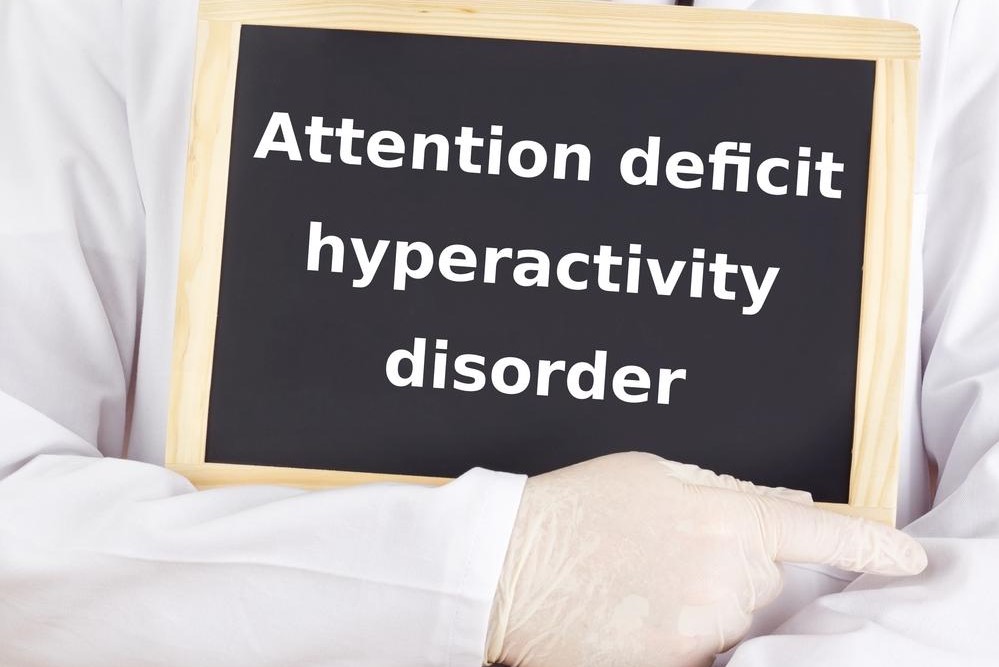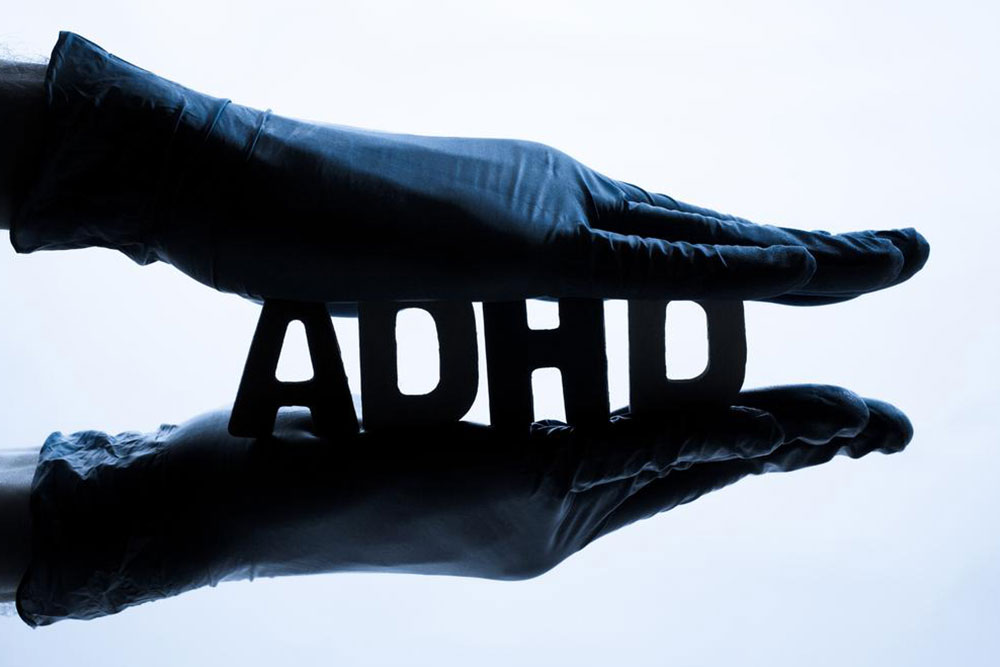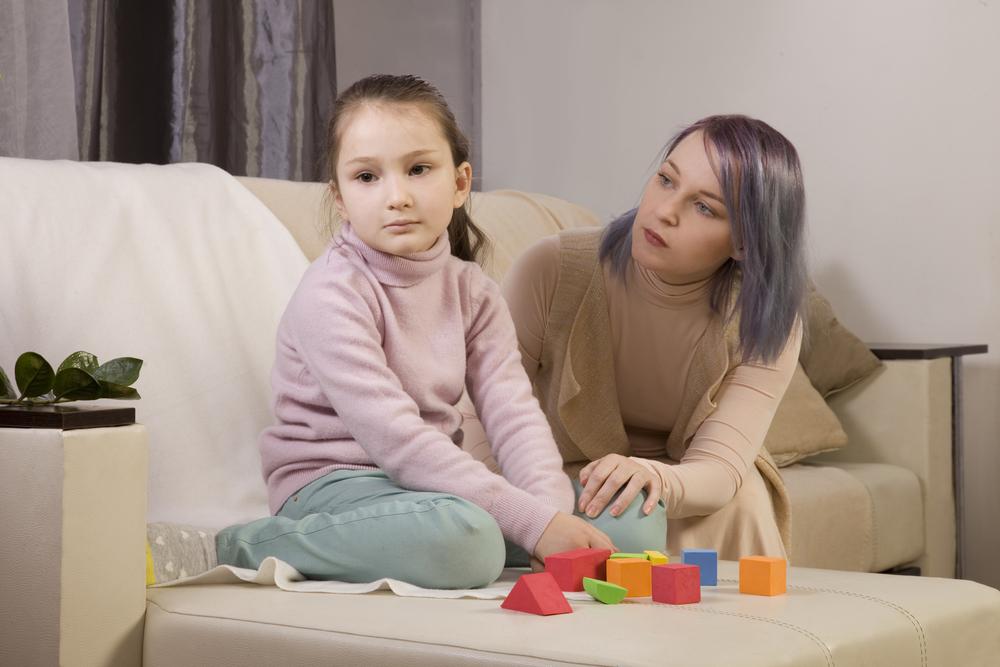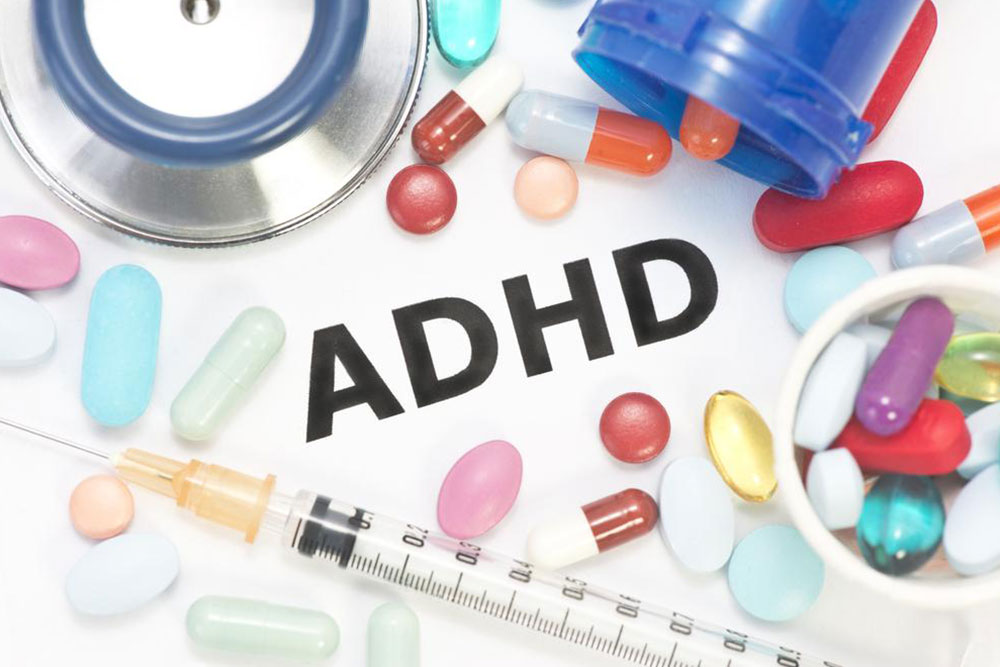Identifying and Understanding ADHD Symptoms in Children: A Comprehensive Guide
This comprehensive guide explores the various symptoms and types of ADHD in children, emphasizing the importance of early recognition and diagnosis. Understanding behavioral patterns such as inattentiveness, hyperactivity, and impulsiveness can aid parents and teachers in providing better support. Recognizing that ADHD manifests differently in boys and girls, the article discusses the three primary types—predominantly inattentive, hyperactive-impulsive, and combined—highlighting the importance of tailored interventions. Early detection and proper management are crucial for improving children's academic performance, social skills, and overall well-being. Detailed insights on symptoms and diagnosis strategies are included to facilitate awareness and support for children with ADHD.

Identifying and Understanding ADHD Symptoms in Children: A Comprehensive Guide
Attention Deficit Hyperactivity Disorder (ADHD) is a common neurodevelopmental condition that affects millions of children worldwide. While many young children may occasionally forget things, daydream, act impulsively, or be restless, these behaviors are often part of normal childhood development. However, when such behaviors are persistent, pervasive, and significantly interfere with daily activities, it becomes essential to consider the possibility of ADHD. Understanding the symptoms, diagnosis, and implications of ADHD is crucial for parents, educators, and caregivers to provide appropriate support and interventions.
The prevalence of ADHD among children is notable, with studies indicating that approximately 10% of children aged 5 to 17 are diagnosed with the disorder nationally. Such symptoms often disrupt academic performance, social interactions, and overall well-being. Recognizing early signs of ADHD can facilitate timely diagnosis and management, improving outcomes for affected children.
Research findings show that boys are more commonly diagnosed with ADHD than girls, largely due to the prominence of hyperactive behaviors in boys. However, girls with ADHD often display subtler symptoms like excessive daydreaming, talkativeness, or fantasy-prone behavior. Identifying ADHD in girls can be more challenging because their symptoms may not be as disruptive or overt. It’s important for parents and teachers to understand that many behaviors associated with ADHD can resemble normal childhood actions, adding complexity to accurate diagnosis.
Common symptoms of ADHD include:
Constant fidgeting and squirming
Talking excessively in class or social settings
Frequent loss of possessions, such as school supplies or toys
Difficulty focusing on tasks or following instructions
Mistakes made from careless errors
Difficulty resisting temptations or impulses
Engagement in risky or dangerous activities
Challenges in maintaining social relationships
Persistent daydreaming or being lost in thought
Understanding ADHD Types
The American Psychological Association (APA) classifies ADHD into three core types to facilitate accurate diagnosis and treatment planning.
Predominantly Inattentive Type
This form of ADHD is characterized primarily by difficulty maintaining focus, completing tasks, and following through on instructions. Children with this subtype often appear to be daydreaming or easily distracted. Notably, many children with inattentive ADHD do not exhibit overt hyperactive behaviors, making this form less noticeable. Research suggests that this subtype is more prevalent among girls and often goes undiagnosed during childhood because the behaviors are subtler.
Hyperactive-Impulsive Type
Children exhibiting hyperactive-impulsive symptoms display constant restlessness, excessive talking, and difficulty remaining seated, especially in structured environments like classrooms. They may frequently feel the urge to move, fidget, or engage in impulsive actions without considering consequences. These children often interrupt conversations, grab objects from peers, or speak out of turn. Their hyperactivity can lead to accidents or injuries and often results in disciplinary challenges at school.
Combined Type
This is the most common form of ADHD, where children display a combination of inattentive and hyperactive-impulsive symptoms. These children may struggle with maintaining focus and also exhibit hyperactive behaviors, making their symptoms more evident and challenging to manage. Recognizing this combined presentation is crucial for developing comprehensive treatment strategies tailored to individual needs.
In conclusion, understanding the varied symptoms and types of ADHD in children is vital for early diagnosis and effective intervention. Parents, educators, and healthcare providers need to collaborate closely to identify signs early and implement strategies that support children's development, academic success, and social integration. Treatment options may include behavioral therapy, medication, and classroom accommodations, all aimed at helping children navigate their challenges and thrive.





